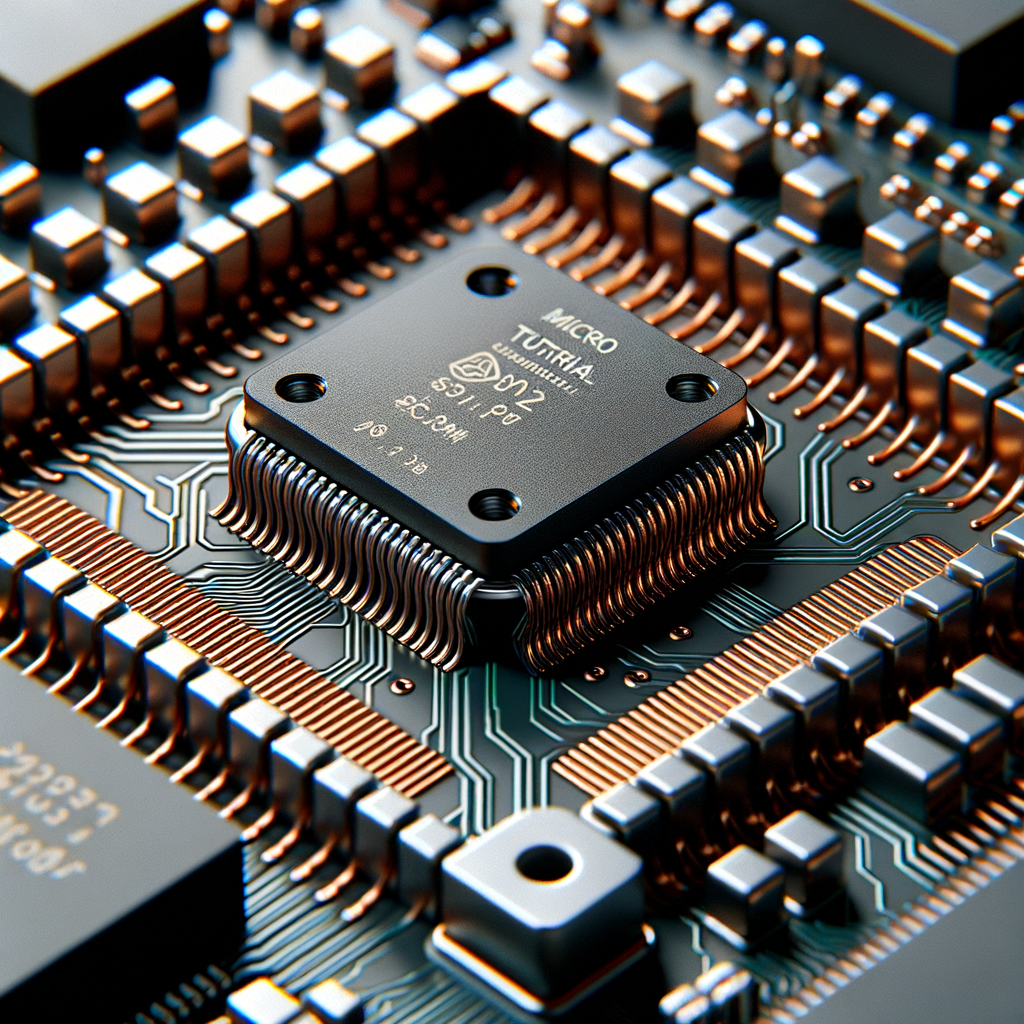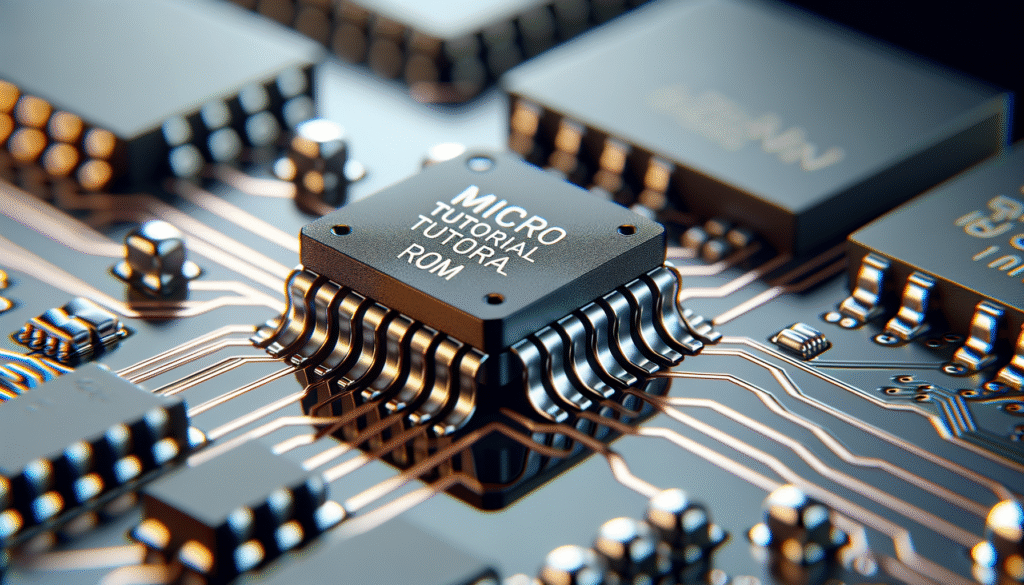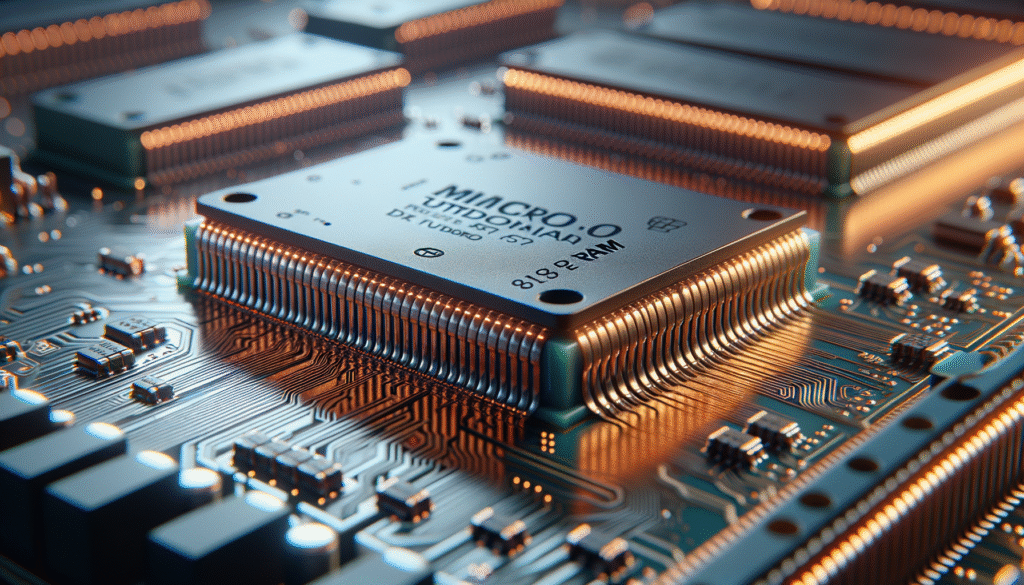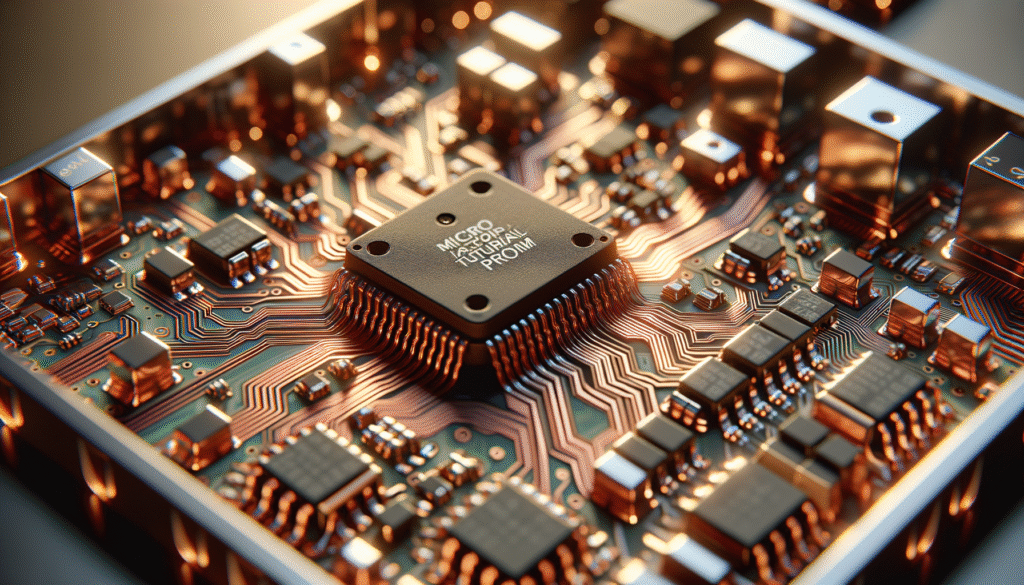Micro Tutorial: ROM
Practical Introduction
Imagine turning on your computer and suddenly seeing an error message. This can be frustrating, but it’s often due to an issue with Read-Only Memory, or ROM. In this micro tutorial, we will break down what ROM is and its importance in electronic devices.
What is it used for and how does it work?
ROM, or Read-Only Memory, is a type of memory primarily used to store firmware, which is software closely tied to the hardware of a device. Unlike RAM, which is cleared when you turn off the device, ROM retains information even without power.
The most common applications of ROM include storing boot programs, BIOS in computers, and embedded systems. For example, when you turn on your computer, the BIOS (Basic Input/Output System) is loaded from the ROM. This software initializes the hardware and allows the operating system to load.
The operation of ROM is based on its physical structure. Typically, data is written into the memory during manufacturing. Therefore, you cannot modify the information regularly, as you would with RAM. However, there are types of ROM, such as EEPROM (Electrically Erasable Programmable Read-Only Memory), that allow for some reprogramming.
In summary, ROM is essential for the basic operation of many devices. Its non-volatile nature ensures that critical information is always available, thus facilitating the booting and operation of hardware.
Key Parameters
Below is a comparative table of the most common types of ROM and their key parameters:
| Type of ROM | Typical Capacity | Read Speed | Reprogrammable | Common Use |
|---|---|---|---|---|
| Conventional ROM | 1 KB – 8 MB | High | No | BIOS |
| PROM (Programmable ROM) | 1 KB – 1 GB | Moderate | Yes | Embedded systems |
| EPROM (Erasable Programmable ROM) | 64 KB – 16 MB | Moderate | Yes | Firmware for devices |
| EEPROM | 1 KB – 4 MB | High | Yes | Configuration storage |
| Flash ROM | 1 MB – 1 TB | Very high | Yes | USB drives and SSDs |
Specific Use Case
An interesting use case for ROM can be found in the automotive industry. In modern cars, ROM is used to store the firmware that controls the engine management systems. When you start the car, the engine management system activates, and this software is loaded from the ROM. This allows the vehicle to operate efficiently.
Imagine that the firmware contains instructions to optimize engine combustion, control fuel injection, and manage emissions systems. Since ROM is non-volatile, that data remains intact even when you turn off the car.
Additionally, many car manufacturers have started using EEPROM and Flash ROM to update engine management software remotely. This means that instead of taking the car to a mechanic, owners can receive updates over the internet, thus improving the performance and efficiency of the vehicle.
In summary, ROM is not only important for electronic devices in general but also plays a crucial role in innovation within the automotive industry, contributing to more efficient and environmentally friendly transportation.
Common Mistakes and How to Avoid Them
- Not updating firmware: Make sure to install the latest updates available to enhance functionality.
- Confusing ROM with RAM: Remember that ROM is non-volatile while RAM is cleared when the device is powered off.
- Ignoring reprogrammability: Some types of ROM allow updates, so check if you can do this.
- Not backing up: It’s always a good practice to back up important data that may be stored in ROM.
- Underestimating access time: While ROM is fast, accessing data can be slower than in RAM, so keep that in mind when designing systems.
Conclusion + Call to Action
ROM is a fundamental component in modern electronics, ensuring that devices operate correctly and that critical information is always available. Understanding how it works and what it is used for can help you make more informed decisions in your electronic projects. If you want to delve deeper into the topic and explore other aspects of electronics, feel free to visit our page for more resources and tutorials.
More information at electronicsengineering.blog
Quick Quiz
Question 1: What does ROM stand for?
Question 2: What is the primary use of ROM?
Question 3: Which of the following types of ROM allows for some reprogramming?
Question 4: What is retained even when the power is off?
External sources
- Guía completa de desarrollo de ROM para Android
- Emulación de una ROM de hardware en tiempo real con un STM32F4
- Implementación de un secuenciador de microinstrucciones



